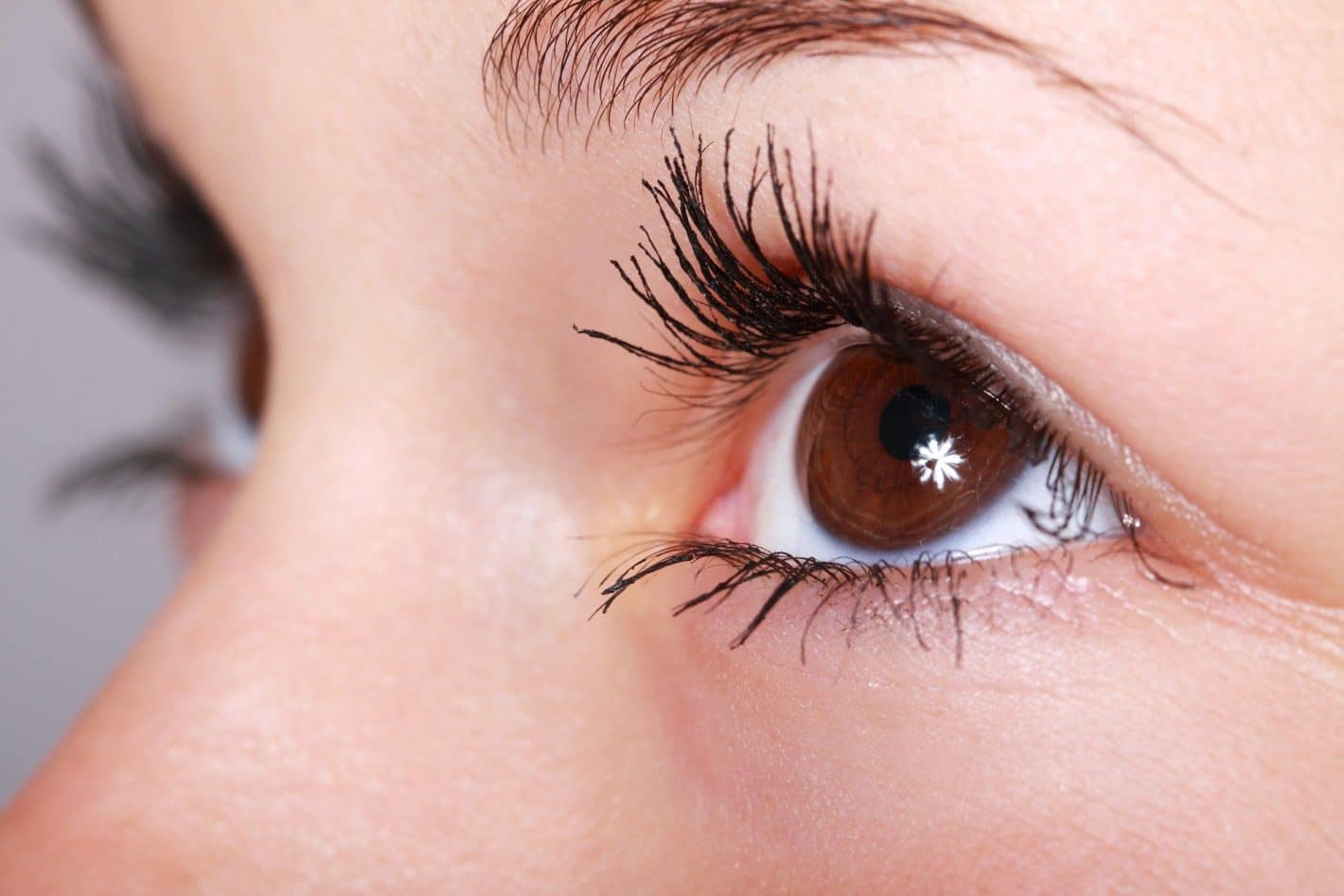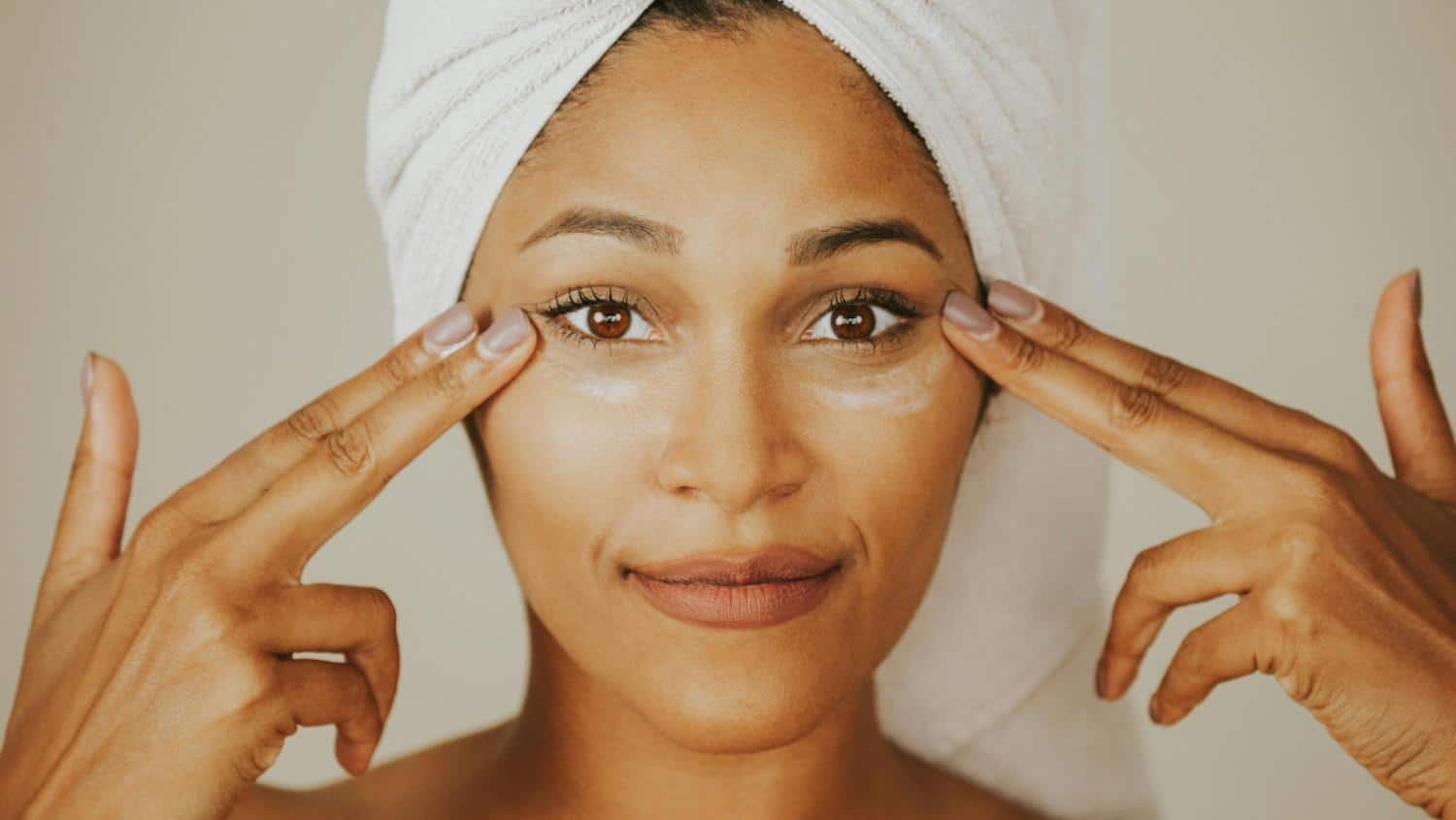Sun exposure is unavoidable and can be harsh on the skin. Over time, UV rays can cause pigmentation, dryness, premature ageing, and even long-term damage. Many people rely on a single layer of sunscreen, thinking that is enough, but proper layering of sun protection ensures your skin stays healthy, hydrated, and protected throughout the day. Understanding the right way to layer your sunscreen is essential for preventing sun-induced damage and maintaining youthful, radiant skin.
Why Layering Sunscreen Is Important
Layering sunscreen is about building multiple barriers of protection. A single application, even if generous, might not provide enough defence throughout the day. The main benefits of layering include:
- Maximum coverage against UVA and UVB rays. UVA rays penetrate deep and can accelerate ageing, while UVB rays are responsible for sunburn.
- Enhanced hydration and skin defence. Layering sunscreen over moisturisers ensures that the skin remains moisturised while staying protected.
- Prevention of pigmentation and sunspots. Proper layering reduces uneven tanning and dark spots caused by prolonged sun exposure.
- Anti-ageing benefits. Layering helps slow down the formation of fine lines, wrinkles, and texture changes caused by sun damage.
Dermatologists emphasise that layering SPF improves overall effectiveness because it combines protection from multiple products rather than relying on a single coat.
Step-by-Step Guide to Layering Sunscreen
Creating a daily sun protection routine can be simple if done systematically. Follow these steps for effective sun defence:
Start With a Clean and Hydrated Base
Begin by washing your face with a gentle cleanser. This removes dirt, oil, and impurities that can affect sunscreen absorption. Next, apply a moisturiser suitable for your skin type. Hydrated skin allows sunscreen to spread evenly, prevents patchiness, and keeps your skin supple. For added protection, consider a serum with antioxidants like vitamin C. These help neutralise free radicals that form due to sun exposure and environmental stressors.
Apply the First Layer of Sunscreen
Choose a broad-spectrum sunscreen with SPF 30 or higher. Apply it generously to all exposed areas, including face, neck, ears, and hands. Allow a few minutes for it to absorb before applying any additional layers. This first layer acts as the foundation for your sun defence and ensures even coverage.
Layering With Makeup or Additional SPF
If you wear makeup, consider products with SPF for an additional layer of protection. You can also use a second thin layer of sunscreen over makeup using a sponge or brush, making sure it blends well. This extra step strengthens your skin’s defence without feeling heavy or cakey.
Protect Often-Missed Areas
Pay attention to delicate areas like the lips and around the eyes. Use a lip balm with SPF to prevent darkening and UV damage. Apply sunscreen carefully around the eyes to prevent wrinkles and protect sensitive skin. Don’t forget the neck and hands, as these areas are frequently exposed and prone to sun-induced pigmentation.
Reapply Throughout the Day
Sunscreen loses effectiveness over time, especially if you sweat or touch your face. Reapply every 2–3 hours when outdoors to maintain continuous protection. Remember, even on cloudy days, UV rays can penetrate and cause damage, so consistent reapplication is important.
Tips for Effective Layering
Here are some practical tips to make layering more effective:
- Apply moisturiser first, followed by serum, then sunscreen. This order ensures hydration and optimal absorption of SPF.
- Use multiple thin layers instead of one thick layer to improve coverage and prevent streaking.
- Incorporate SPF into daily skincare and makeup products like primers or powders for added defence.
- Make sun protection part of daily habits, not just for days spent outdoors.
Proper layering is not just about the amount applied; it is about consistency and the correct order. When done right, it maximises protection while keeping skin comfortable and breathable.
Build Your Perfect Sun Protection Routine
Choosing the Right Sunscreen
Selecting the right sunscreen is crucial for effective sun defence. Look for:
- Broad-spectrum protection that blocks both UVA and UVB rays
- Lightweight formulations for daily use without a greasy feel
- Non-comedogenic products to prevent clogging pores, especially for sensitive or acne-prone skin
- Water-resistant formulas if you sweat or engage in outdoor activities
Testing new products on a small patch of skin first helps avoid irritation and ensures compatibility, especially for sensitive skin types.
Common Mistakes to Avoid
Even with good sunscreen, mistakes can reduce its effectiveness. Avoid these errors:
- Applying too little sunscreen
- Skipping areas like ears, neck, and hands
- Failing to reapply throughout the day
- Relying only on sunscreen without protective clothing, hats, or seeking shade
Additional Habits for Complete Sun Protection
Sunscreen alone is not enough. Incorporate these habits for enhanced protection:
- Wear protective clothing such as hats, long sleeves, or UV-protective fabrics
- Seek shade during peak hours when UV exposure is highest.
- Use sunglasses to protect eyes and surrounding skin from UV damage.
- Stay hydrated, as well-hydrated skin is more resilient against sun stress.
Key Takeaways
A well-planned sun protection routine is essential for healthy skin. By layering sunscreen effectively and combining it with protective habits, you can reduce the risk of pigmentation, premature ageing, and other sun-related skin issues. A sample routine looks like this:
- Cleanse and hydrate the skin
- Apply serum if desired.
- Apply the first layer of broad-spectrum sunscreen.
- Optional SPF-infused makeup layer
- Reapply every 2–3 hours.
- Protect lips, eyes, neck, and hands.
- Use clothing and accessories for additional protection.
Consistently following these steps helps maintain skin health and a youthful, radiant appearance while minimising the harmful effects of sun exposure. Proper layering ensures that your skin receives maximum protection from UVA and UVB rays, stays hydrated, and remains resilient against environmental stressors.
Meet the Doctor
Dermatologist, Venereologist & Trichologist
Dr. Sharvari Pandit is a Consultant Dermatologist, Venereologist & Trichologist at Pandit Clinic. She has an experience of more than 10 years and acts as a visiting consultant at MMF’s Joshi Hospital, Ramkrishna Math Polyclinic, Skin Solutions clinic, Sanjeevan Hospital, Police Hospital, Pune and SRPF’s Hospital, Pune. Dr. Sharvari’s areas of special interest include aesthetic surgeries, Laser hair reduction, skin and facial rejuvenation, anti-ageing treatments (like HA Fillers and Botulinum Toxin) and hair fall treatments.
Meet the Doctor
Dermatologist, Venereologist & Trichologist
Dr. Sharvari Pandit is a Consultant Dermatologist, Venereologist & Trichologist at Pandit Clinic. She has an experience of more than 10 years and acts as a visiting consultant at MMF’s Joshi Hospital, Ramkrishna Math Polyclinic, Skin Solutions clinic, Sanjeevan Hospital, Police Hospital, Pune and SRPF’s Hospital, Pune. Dr. Sharvari’s areas of special interest include aesthetic surgeries, Laser hair reduction, skin and facial rejuvenation, anti-ageing treatments (like HA Fillers and Botulinum Toxin) and hair fall treatments.
You Might Be Interested In

Improving Your Child’s Oral Health Through Myofunctional Exercises
Discover how myofunctional therapy can improve your child’s oral health by addressing issues like mouth breathing, speech difficulties, and more. Dr. Pratibha Kukreja Pandit at Pandit Clinic in Pune offers expert guidance and personalized exercises to help your child thrive.

The Benefits of Early Orthodontic Evaluation
Why did the baby cookie go to the pediatric dentist? Because it needed a “bite-size” check-up! We all know that maintaining good health is essential









